
educing energy costs is a major consideration for many businesses and government entities because lower energy costs translate into improved profitability and cash flow, and investments in sustainability can add significant value to assets.
In fact, studies show that sustainable technologies such as infrastructure control systems, building envelopes, and solar power can reduce utility bills by 50 percent or more. In some cases, sustainable construction isn’t even an option—it’s a mandate.
However, the initial investment required for sustainability projects is often a deal-breaker. Often, businesses that are interested in energy efficient upgrades, retrofits, or projects are unsure how to pay for it.
Fortunately, there are several practical and attractive equipment financing options that make it easy to expedite renewable energy initiatives and help preserve business capital. Because financing allows businesses to break down large sustainability equipment acquisitions into monthly payments, companies can use the equipment now and pay for it over time.
Other benefits of financing sustainability projects include increased cash flow, potential tax benefits*, the ability to avoid large down payments, and increased flexibility and control. In addition, qualified applicants can often bundle engineering, development, installation, and equipment costs into one, predictable monthly payment.
Businesses that are interested in undergoing a sustainability project but are unsure where to begin should consider these steps:
- Pick the right partners. Qualified engineering firms, equipment vendors, and financial partners can help identify the best energy-efficiency and renewable opportunities and can help analyze relative costs and savings of each.
- Start with your business objective. Before beginning, make sure the project and financing strategy align with the business’ overarching goals.
- Lead with a pilot. Start small. If the objective is to replace all fluorescent lights with LEDs, beginning with one floor of a building allows businesses to measure the results and adjust for optimal savings.
- Meter diligently. Sufficient metering and tracking processes prove whether or not the initiative is achieving the projected savings and reduction of energy usage.
- Leverage the results. The goal is to keep the yearly debt lower than the cost of the annual energy bill savings. Work with an experienced financial institution to create a customized lending strategy.
- Optimize the ROI. Grants, rebates, and federal tax incentives* can reduce the capital expenditure and accelerate the return on investment for sustainability and efficiency initiatives. Be sure to inquire about all of these options for maximum return.
- Secure funding. Once the project gets the green light, work with a financial institution to create a comprehensive strategy that aligns with business goals and maximizes incentives.
As with any important business decision, companies considering an investment in energy-efficiency equipment should do their research and weigh all available options. Here are questions to consider before, during, and after financing to help guide the discussion around financing options.
- Do you need construction financing?
- Have you had an energy assessment completed for your operations?
- Is the project cost within market norms?
- If there is an energy off-taker, does it meet a finance company’s credit requirements, i.e. investment-grade credit rating?
- Do I have good site control?
- What are the lease terms, including tenor, monthly lease payment, and end-of-term options?
- What are my other financial obligations for the equipment (such as insurance, taxes*, and maintenance) during the financing period?
- Can I purchase the system during the lease term?
- Can I return the equipment or renew the lease?
With answers to these questions, businesses can effectively utilize equipment financing to conserve cash and build their balance sheets while implementing more sustainable, energy-efficient solutions.
Finally, seek out a financial institution that can accommodate businesses with customized payments to match budgetary requirements. Above all, look for a well-established financial institution with a strong track record with renewable energy finance in any kind of economy and a willingness to customize leasing solutions to help meet your company’s unique needs.
Lori McCaffrey is the Market President and Commercial Banking Leader for KeyBank in Alaska.
Any opinions, projections or recommendations contained herein are subject to change without notice and are not intended as individual investment advice. This material is presented for informational purposes only and should not be construed as individual tax or financial advice.
*Consult your tax advisor for tax advice applicable to your situation. KeyBank does not provide legal advice. KeyBank is Member FDIC. All credit and lease products are subject to credit approval and possibly collateral requirements. KeyCorp. © 2021. CFMA # 210719-1149431
